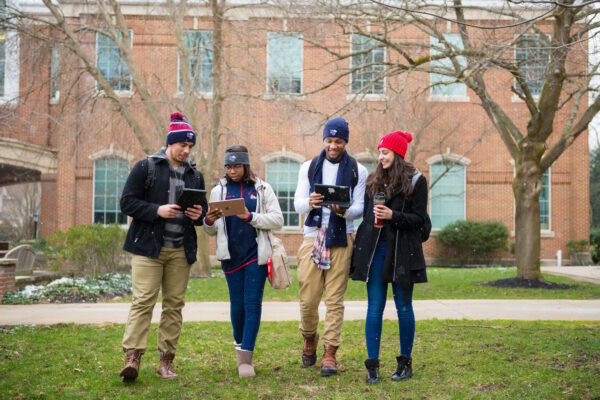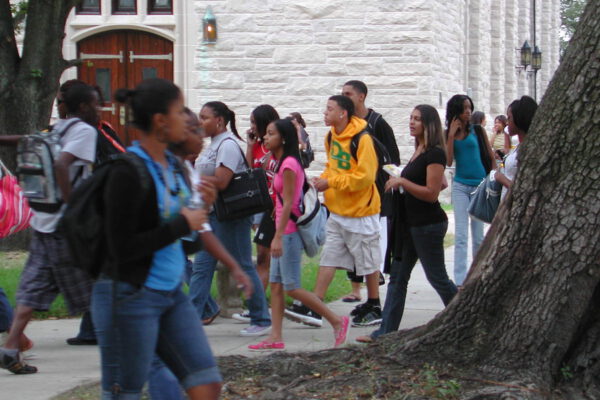
The Lasting Effects of COVID-19 on Undergraduate Transfer
March 20, 2023

Streamlining the Transfer of Credit Process
December 16, 2022

New Report Demonstrates Pandemic’s Impact on Transfer Enrollment
September 20, 2021

Innovating Transfer Through Regional Partnerships: Houston Guided Pathways to Success
Regional partnerships between two- and four-year institutions, like Houston GPS, are increasingly a critical means to bolster transfer and degree completion. Starting with seven institutions, it has grown to include 13 two- and four-year institutions with an aggregate enrollment of more than 300,000 students in the Houston-Gulf Coast region.
February 5, 2021

Regional Data-sharing Agreements: The Central Florida Education Ecosystem Database
Higher education is increasingly embracing the use of big data to increase and assess the effectiveness of institutional policies and practices and to drive needed change. The Central Florida Education Ecosystem Database (CFEED) offers one promising model for regional data-sharing agreements that can increase educational attainment.
February 5, 2021

Innovating the Transfer Pipeline Through Regional Partnerships
Collaboration between two-year sending and four-year receiving institutions is key to improving community college student transfer and graduation rates. The Central Florida Educational Ecosystem Database and Houston Guided Pathway to Success are two innovative models for achieving this goal.
February 5, 2021

Current Landscape for California’s Community College Transfer
October 9, 2020

Rethinking Community College Workforce Education: Eliminating the Dead End
When it comes to transfer, mobility, and equity, do traditional community college pathways hinder a student’s prospects? Mark M. D’Amico looks at what we can do to get around the hurdles.
February 13, 2020


